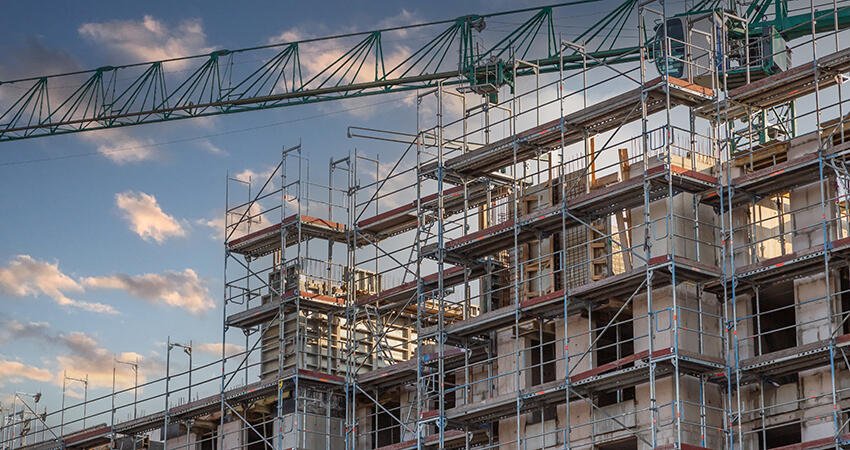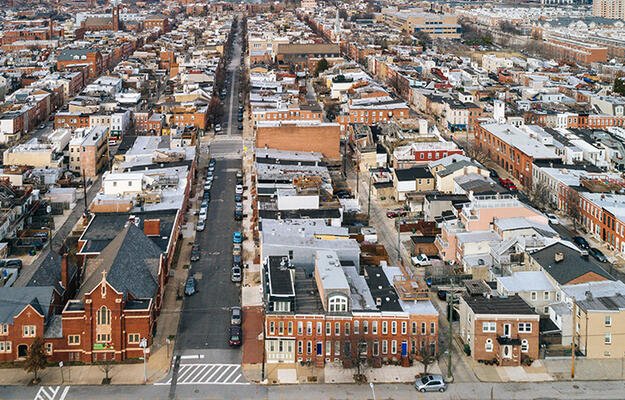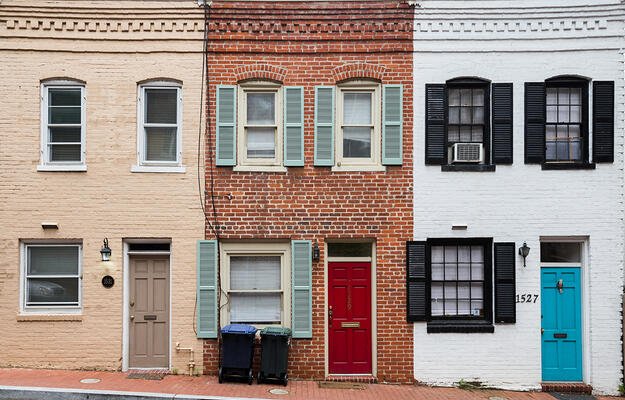
(Canetti/Shutterstock)
What Factors Affect How Long It Takes to Build and Convert Multifamily Housing?
- Title:
-
How Long Does it Take to Build Multifamily Housing?
- Author:
-
Chris Cunningham and Anthony W Orlando
- Source:
- Publication Date:
-
2024
As more policies aim to increase housing supply to alleviate the housing crisis, there’s a focus on the cause of development delays. Regulations, such as zoning ordinances, building codes, and government approval processes, have often been blamed for slowing development. This study focuses on the critical planning period of a construction project, which includes aspects of a project, such as zoning approval, variance securing, architectural and engineer design, market analysis, and community engagement. Previous research finds an average time of 16 months, with higher averages for bigger buildings and for projects located in California and the Northeast. Longer planning periods matter, not only because they delay a project’s development, but they may also affect investment levels and projects’ ability to be successfully completed.
This study measures the duration from project announcement and permitting through construction to completion of multifamily buildings (apartments or condominiums). To measure this, authors focus on current and prospective development projects from January 2003 to December 2022, collected by Dodge Construction Network compiled in the SupplyTrack database. While the database is potentially skewed toward larger, more prominent projects and may not perfectly capture the true project start date, it serves as an important gauge of how long it takes for the early stages of development. The authors compare timelines across building sizes, types, and regions of the US. Findings show variation in development time based on geography, building size, project type (public or private), conversions versus new construction, and multifamily only versus mixed use.
Key findings
- On average, it takes 15.3 months from when a project is first announced to when construction begins, and time from construction start to completion is 12.3 months. Total time from inception to delivery is 27.6 months. This is somewhat shorter than measures from other surveys.
- Most of the time in development is spent on planning, not construction. On average, planning takes 3 to 4 months longer than construction.
- In their sample, the average multifamily project contains 94.3 residential units; 96 percent are new construction, and approximately 20 percent are mixed use. The average project size has increased from 68 units in 2008 to 94 units in 2022.
- The time to construct increased from 26 months in 2008 to 30 months in 2022. They find extended project timelines are becoming more systemic.
- Fastest development occurs in the Midwest; projects take 3 months longer in the Northeast, 5.7 months longer in the West, and slightly longer in the South. The South has a relatively fast planning phase with fewer hurdles but is offset by the slowest building phase of any region. This may be because of larger average building sizes in the South.
- Planning duration grows steadily with project size. Buildings with more than 50 units take longer to complete, and the delay falls mostly during the construction phase.
- When controlling for type and size of project, the Midwest is still the fastest to deliver housing; the South is 2 months lower to plan but can build quickly. The Northeast takes 2.6 months longer to plan and 1.4 months longer to build. The West takes three-quarters of a month longer to build but 4.3 months longer to plan.
- Public projects don’t take longer to be delivered than private projects. Public projects take less time to build, perhaps because of simpler design or height.
- Conversions take almost 2 months longer to plan. There’s no time savings compared with new development.
- Mixed-use projects take longer to develop than multifamily only. Buildings that incorporate retail space take another 3 months to deliver.
- Focusing on the cyclicality of project, they find projects get completed fastest when the market is weak, perhaps because of less competition for labor, building materials, or financial capital. The periods when durations are longest relate to permitting.
Policy implications
- Policymakers could consider how bottlenecks in their approvals process can speed development.
- Though conversions are top of mind for many policymakers as ways to solve the affordable housing crisis, they’re not necessarily faster because they take so much time to plan. Speed of development should not be the reason to justify the use of incentivizing conversions.
- Zoning requirements that mandate ground-floor retail may slow multifamily projects.


